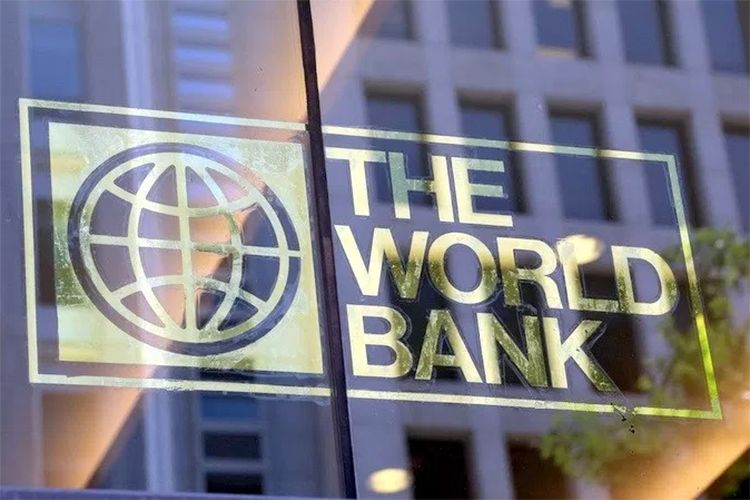RIO DE JANEIRO, BRAZIL – It is already a fact that national growth will be low this year, but the question is how low. The World Bank estimates that Chile‘s Gross Domestic Product (GDP) will rise by 2.2% this 2022, below the 2.4% it projected last October. It is the picture presented by the international lender in its World Economic Outlook, released on Tuesday, January 11, an analysis that continues to contemplate that in 2023 the Chilean economy will climb a tepid 1.8%.
After an end of the year marked by the increase of Covid-19 infections despite the progress of the vaccination process and inflation that in most countries has exceeded the central banks’ targets, the financial entity contemplates that the regional growth will be 2.6% this year, to marginally increase to 2.7% in 2023.
Read also: Check out our coverage on Chile
As fiscal and monetary policy tightens, while improvements in labor market conditions continue to lag and external conditions become less favorable, the bank notes. In addition, it recalls that several countries – such as Chile, Brazil, and Paraguay – are suffering their “worst drought in decades”, forcing them to use more expensive fossil fuels to produce electricity usually produced via hydropower.

The World Bank warns that the process of recovery to pre-pandemic GDP levels will be “uneven across the region and protracted in some countries”. Considering the projections until next year, it pointed out that “if the figures are weighted according to GDP, the Latin American and Caribbean region will lose ground in per capita income not only compared to the advanced economies but also those of East Asia and the Pacific and those of Europe and Central Asia”, the report warns.
ZOOM ON THE REGION
The organization estimates that Argentina’s GDP will grow by 2.6% this year and continue to moderate to 2.1% next year. In Brazil, the Product would advance only 1.4% this year 2022, but then it would recover to 2.7%. This year, Colombia would lead South America, climbing to 4.1%, before slowing to 3.5%.
Ecuador would grow 3.1% this year after a modest 3.9% in 2021, to achieve a tepid 2.5% next year. Mexico’s output would rise 3% and 2.2% in 2022 and 2023, respectively, while the increase would be 3.2% and 3% in Peru. On the other hand, Uruguay would jump 3.1% this year and 2.5% next year.
The entity warns that these prospects are exposed to “various downside risks”. An abrupt increase in Covid-19 cases, tensions in financing and debt-related stress, and disruptions due to extreme weather events and natural disasters would be some of them. Still, the economic recovery continues to depend on the control of the pandemic.
It posits that Covid-19 outbreaks are a risk for everyone, including countries with high vaccination rates. “A sudden deterioration in investor sentiment, especially in an environment of high inflation and large public debt, could lead to debt-servicing difficulties and episodes of capital outflows,” the Bank warns.
WHAT ABOUT THE WORLD?
As in Latin America and Chile, the world economy is entering a “pronounced” slowdown as it faces new threats: Covid-19 variants, higher inflation, rising debt, and rising income inequality, all factors that could jeopardize the recovery of the emerging and developing world, according to the WB.
The world as a whole could grow by 4.1% this year and 3.2% next year, “as pent-up demand dissipates and the level of fiscal and monetary support around the world diminishes,” according to the entity.
The rapid expansion of the omicron variant would imply that the pandemic will continue to affect activity in the near term. In addition, the slowdown in the world’s largest economies – China and the US – would affect external demand in much of the world.
“At a time when governments in many developing countries lack macroeconomic space to support activity if necessary, renewed outbreaks of Covid-19, persistent inflationary pressures and bottlenecks in supply chains, as well as elevated financial vulnerabilities in many parts of the world, could increase the risk of a hard landing,” the paper warns.

